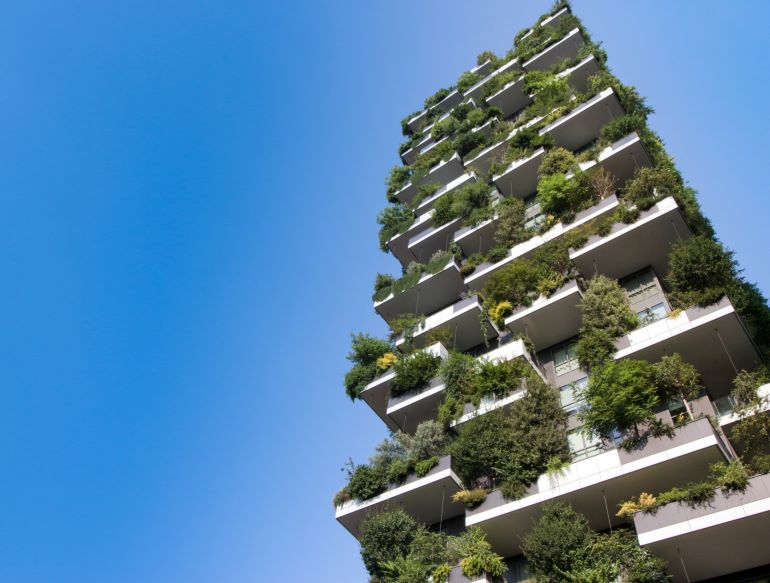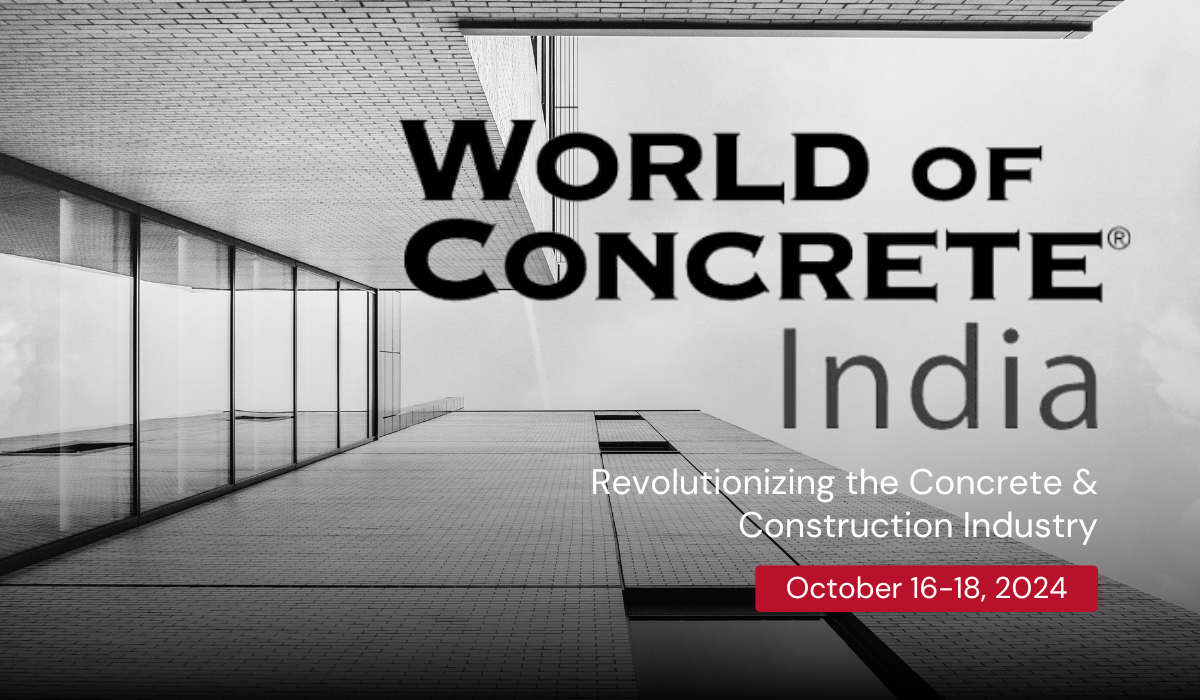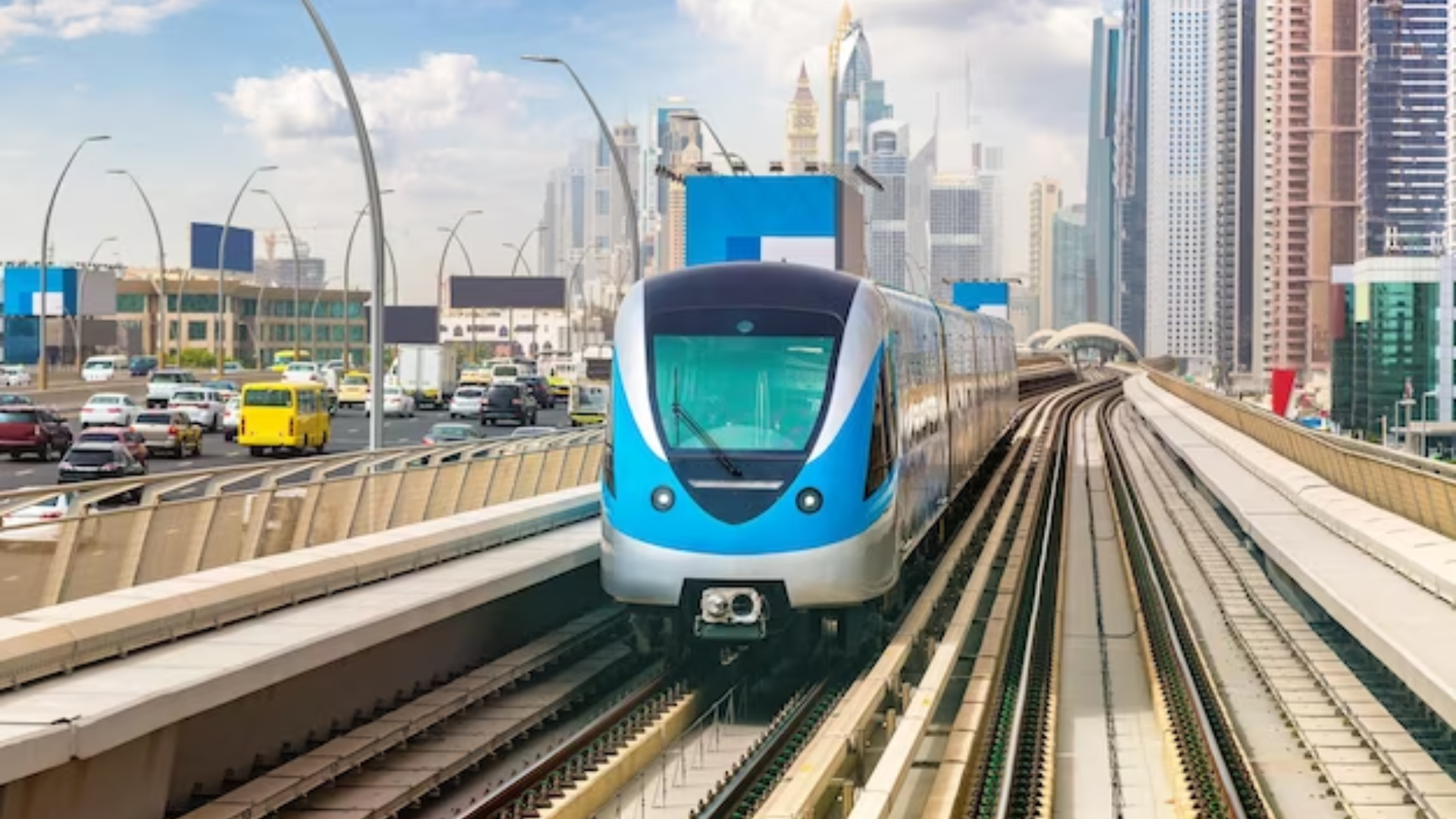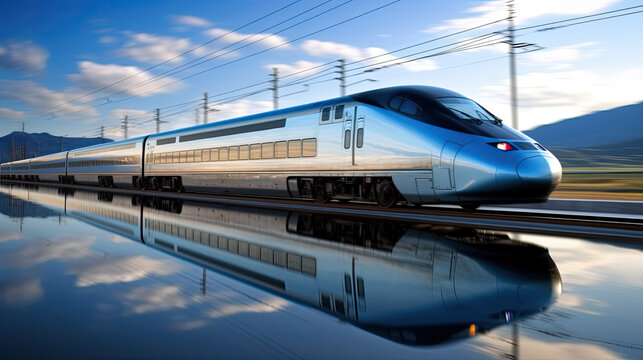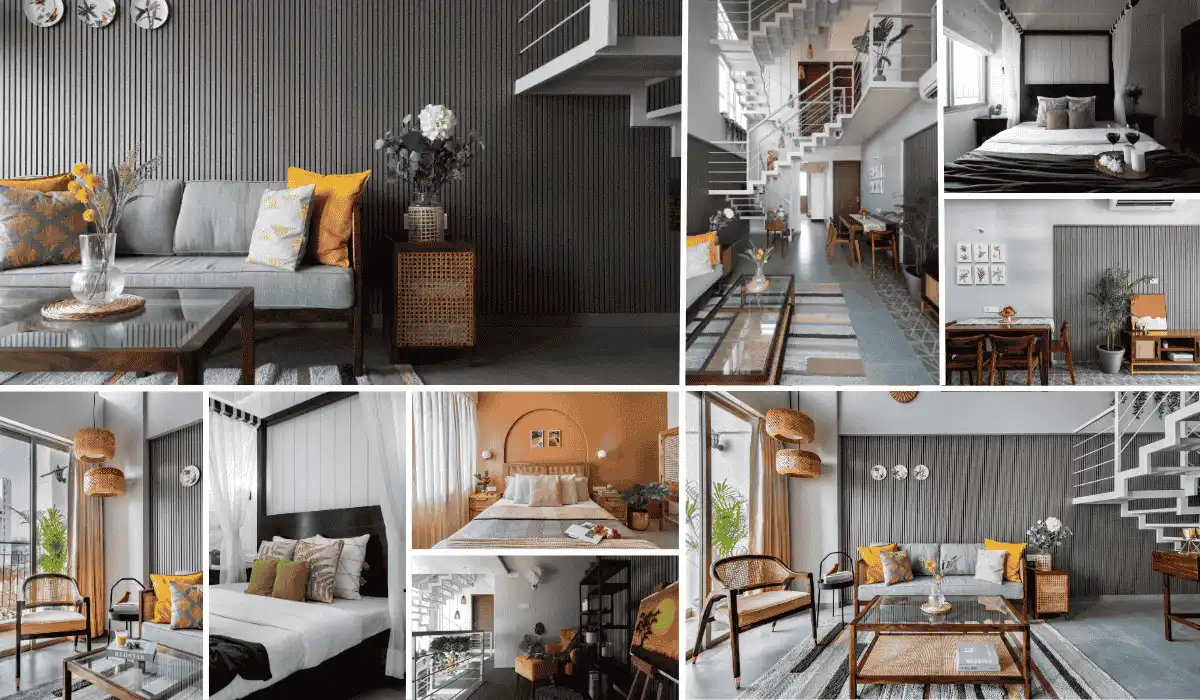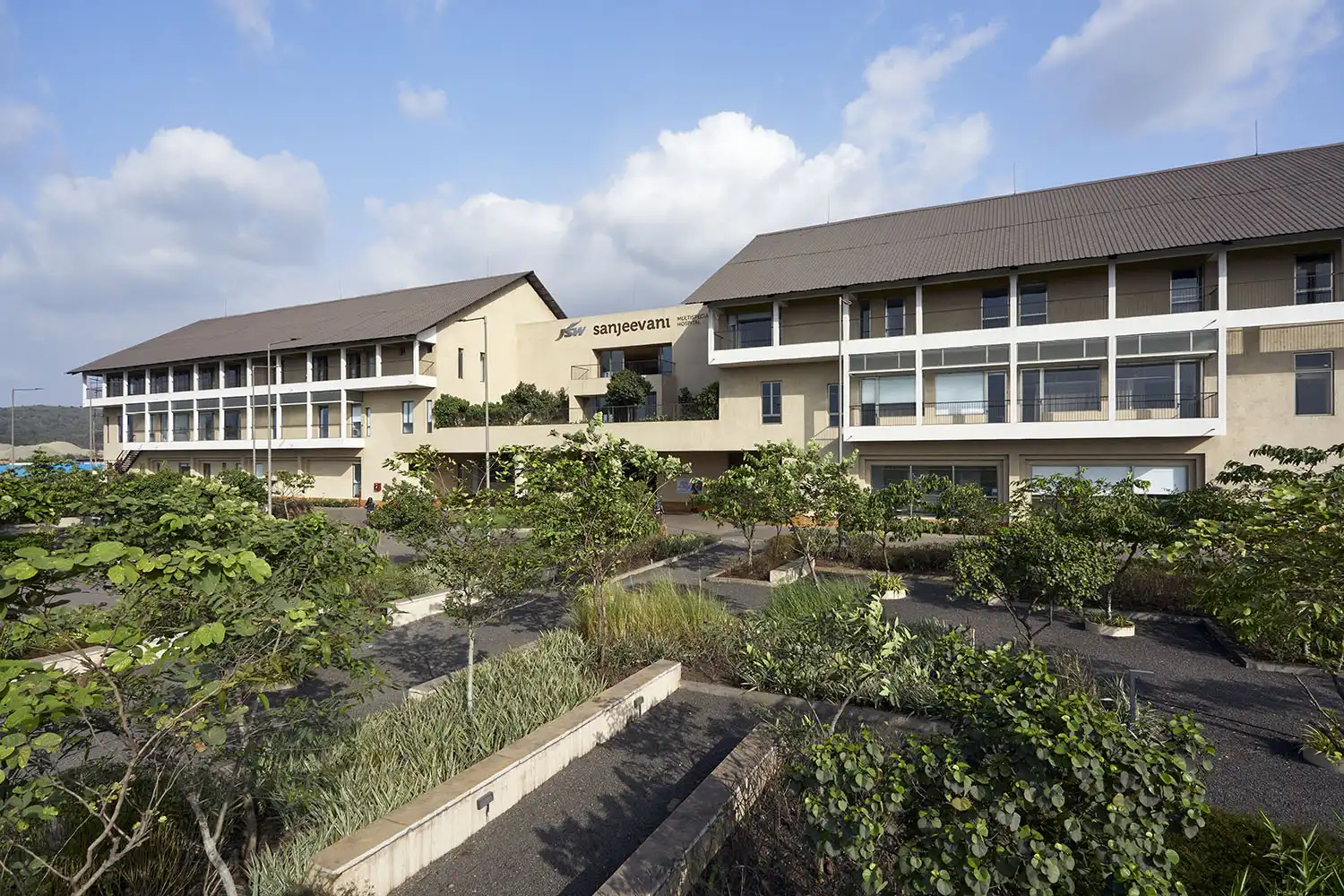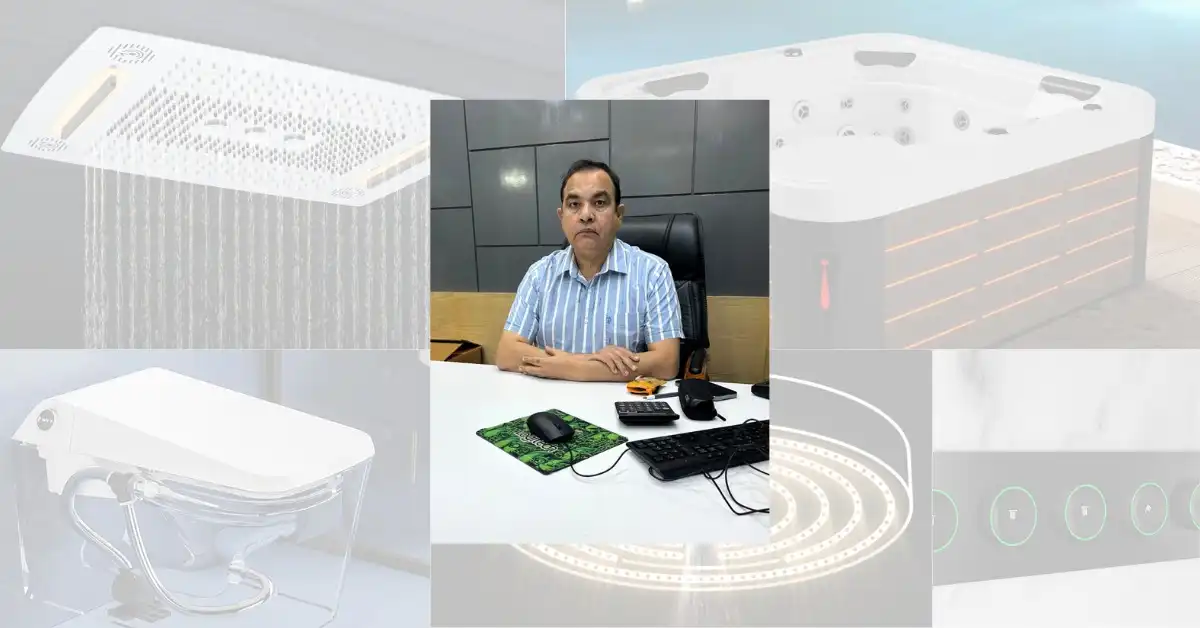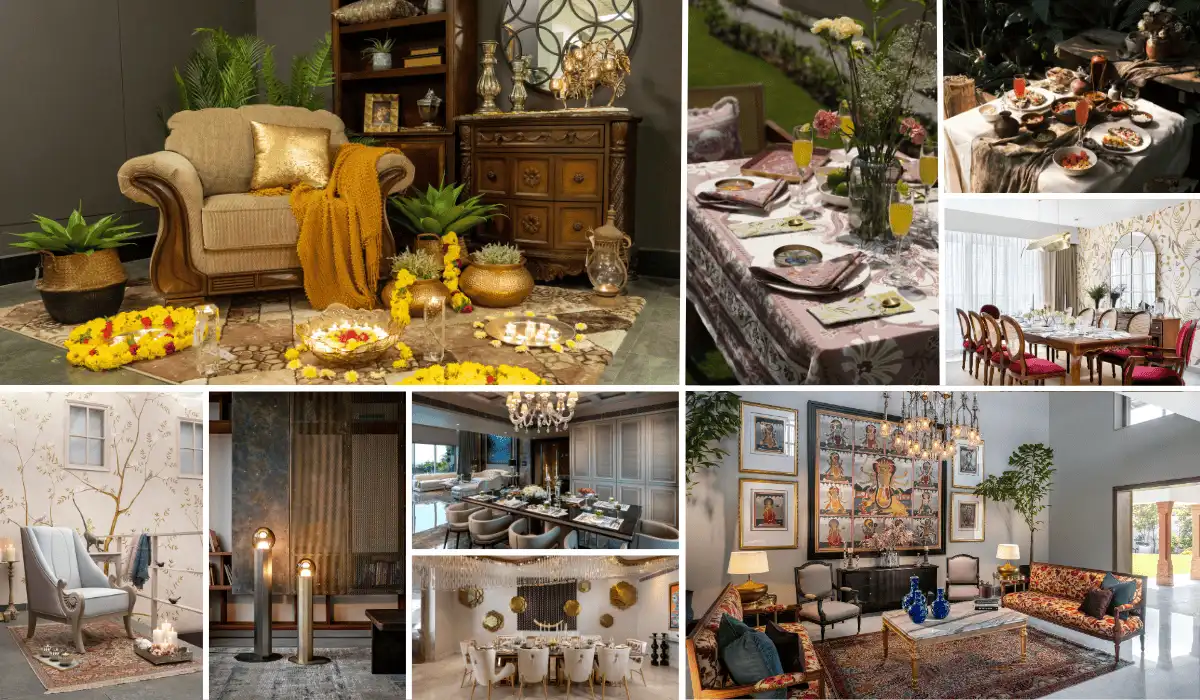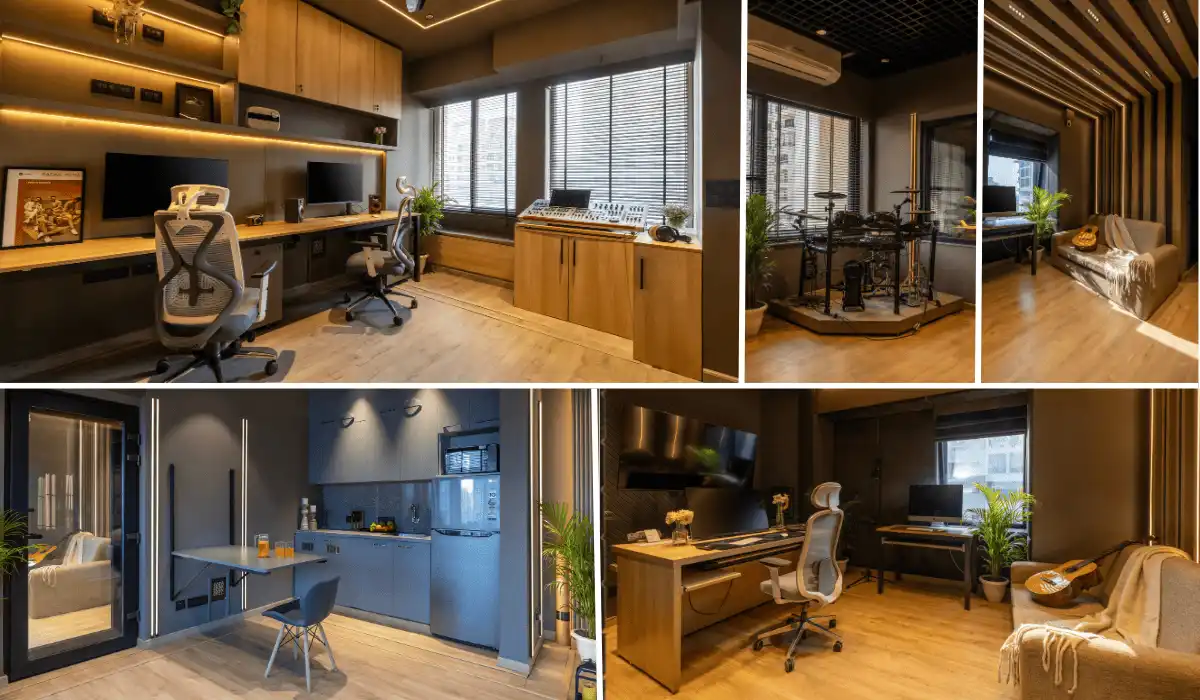The urban fabric of India has evolved as a prototype of compact living. The prime reasons for this are the overcrowding of cities and decreasing land availability for building infrastructure. The lack of open spaces such as playgrounds, recreational parks, and gardens is a matter of concern. Presently, the metropolis of Mumbai provides 1.28 square metres per capita of open space in the city, in comparison to the recommended optimum requirement of 4 square metres per capita. This is not just the state of India’s commercial capital, but the common plight of every developing city in the country.
The vertical spread of high-rise buildings has further transformed cities into overwhelming concrete jungles. With one building towering over another, maintaining an adequate distance for light and ventilation has become a challenge. The advent of skyscrapers has isolated the city population from their natural surroundings. Viewing trees and hearing birds chirping only seems like a distant dream for someone living in the city centre. Having limited or no access to open green spaces negatively impacts people. Hence, architects are considering ways to incorporate landscape in vertical building designs.
Why Landscaping Cities Is The Need Of The Hour?
The conventional building materials used for construction are bricks, concrete, and asphalt. These materials absorb and store heat that falls on their surface during the day. They can heat up a space to as much as twice the outdoor temperature. The re-radiation of heat from these materials can warm up the city’s temperature by 12 degrees as compared to the adjacent suburban area. This phenomenon is called the “urban heat island effect.” As a chain impact of this, the consumption of energy for supporting the HVAC systems rises. This, in turn, puts pressure on the architects to design buildings for energy efficiency.

Landscaping can solve this problem by serving as a passive cooling technique. Trees provide shading and can help to abate pollution. Landscaping is not just therapeutic, it is a solid way to propagate sustainable living in cities. But with limited scope for open grounds in cities, planning for green areas is difficult. Since the land availability in the city is meagre and cannot support landscape, the concept of vertical landscaping has gained popularity. As the term suggests, vertical landscape means recreating the earthy landscape on the roof, terrace, or wall of a building.
Why Vertical Landscaping Is A Challenge?
Planting trees on the earth is starkly different from planting trees on a building rooftop. The soil on the ground inherently supports trees to grow. But, the soil that is transported for vertical landscaping needs to be treated so that it aids in plant growth. When planting trees on a concrete slab, the architect must consider factors such as watering, drainage, the dead load of the soil and plants, and maintenance that is to be considered in designing vertical greenery. This needs the involvement of many professionals such as landscape architects, civil engineers, consultants, architects, and many more to finalize the building landscape.
How To Design Landscape For High-Rises?

Vertical landscaping in cities has many forms such as green roofs, podium gardens, green facades, and green walls. All of these landscape options are derived based on their suitability for the building and its users. Podium gardens and green roofs are favourable choices for residential buildings. On the other hand, green facades are sought-after by many commercial design architects. Buildings such as One Central Park, Sydney, and Bosco Verticale, Milan are exemplary references for vertical facade designs.
Green roofs can either be all about vegetation or they can be designed for people’s recreation. While the former has a horticulture approach to it, the latter vouches for interaction-based planning. To create green roofs a building needs to preferably have a flat roof, with access for installation and maintenance purposes. This is because they need regular monitoring for filter and stormwater drainage. They can help to reduce a city’s temperature by absorbing much less heat as compared to concrete roofs. The retained stormwater in green roofs allows for evaporative cooling. The vegetation on the rooftop can improve air quality by absorbing organic compounds and nitrous oxides. Green roofs can also lower energy consumption specifically on the building’s top floor above which it has been planned.
Green walls are an interesting design that is safe to install and creates a welcoming facade for its users. As the name suggests, green walls allow plants to grow on a building facade by hanging or clinging to its surface. Plants are supported on the facade with cables or mesh panels. A building can have reduced noise levels by having plants adorn its facade. However, it is crucial to select the appropriate species and positioning to achieve passive cooling effects. Displaying plants on the wall can also help to reduce Sick Building Syndrome (SBS) which is a disorder induced by residing in claustrophobic buildings.
Buildings that have an elaborate plan should design landscaped break-out spaces at regular intervals on every floor. This will improve the light and air quality of the building. Creating breathable facades and roofs are promising solutions for landscaping high-rise buildings. With the expanding population of cities, vertical living will be the norm, but landscape-integrated solutions can break its concrete monotony by adding an earthy touch.
Sources:
- Landscaping for urban spaces and high rise
- Liveable Landscape in High-rise and High-Density Built Environment
- High-rise Gardening
- Vegetating Tall Buildings
Disclaimer: The information contained herein have been compiled or arrived at, based upon information obtained in good faith from sources believed to be reliable. The opinions expressed within the content are solely the author’s and can be subject to change. The image featured in this article is only for illustration purposes. If you wish the article to be removed or edited, please send an email to editor@biltrax.com




